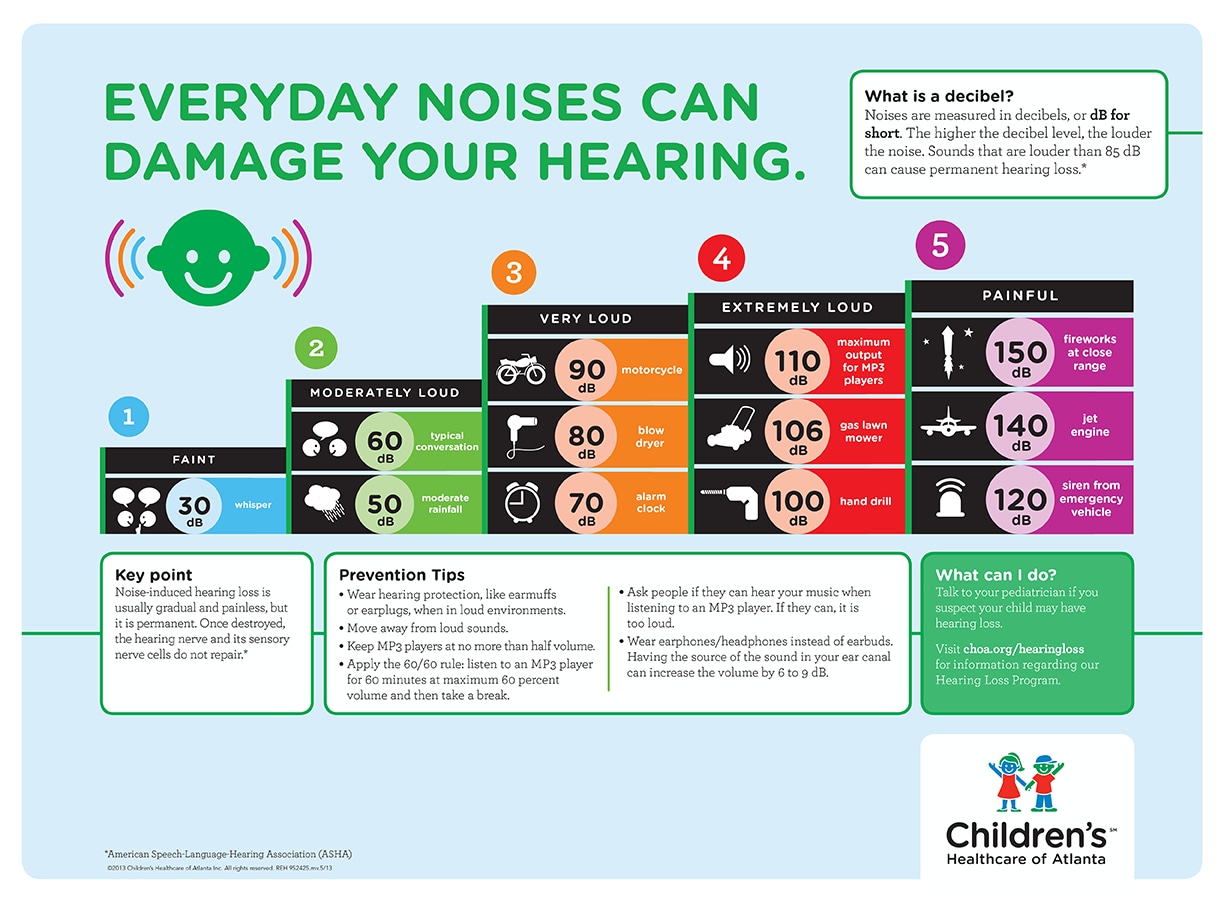Exploring Cognitive Behavior Modification: Techniques For Personal Growth And Durability
Exploring Cognitive Behavior Modification: Techniques For Personal Growth And Durability
Blog Article
Authored By-Martens Bendtsen
Cognitive Behavioral Therapy (CBT) offers sensible strategies that can transform your technique to difficulties. By understanding just how your thoughts influence your sensations and behaviors, you can start to identify and transform negative patterns. This isn't practically really feeling much better; it's about constructing resilience and fostering personal growth. As you check out these strategies, you'll discover how to boost your psychological regulation. Suppose you could open a much deeper understanding of yourself?
Recognizing the Core Principles of Cognitive Behavior Modification
Cognitive Behavior Modification (CBT) is improved the understanding that your thoughts, sensations, and behaviors are adjoined. This suggests that exactly how you assume influences how you feel, and consequently, affects how you act.
By recognizing this link, you can identify negative idea patterns that result in emotional distress or unhelpful actions. CBT motivates you to challenge these ideas, changing them with even more realistic, positive ones. This procedure helps develop a much healthier state of mind, which can enhance your general wellness.
Furthermore, CBT highlights the significance of establishing possible goals and taking useful steps toward change. Recognizing these core principles can equip you to take control of your psychological health and foster resilience in the face of life's obstacles.
Reliable Techniques for Executing CBT in Life
Exactly how can you seamlessly integrate Cognitive Behavior modification (CBT) methods into your life? Start by keeping an idea diary to track negative ideas and test them. When you discover an unfavorable idea, ask yourself if it's based on facts or presumptions. Replace it with a more balanced point of view.
Practice mindfulness to remain present; this helps reduce anxiety and boosts emotional law. Establish little, possible goals to build confidence and motivation. Usage favorable affirmations daily to strengthen self-respect and resilience.
Furthermore, participate in analytical strategies when encountering obstacles. Damage issues down right into manageable steps and brainstorm options. By continually using these methods, you'll grow strength and foster personal development, making CBT an indispensable part of your routine.
Cultivating Self-Awareness and Emotional Strength Via CBT
While you navigate with daily challenges, cultivating self-awareness and psychological strength can empower you to react better. CBT urges you to analyze your ideas and feelings, aiding you acknowledge patterns that may hold you back.
Begin by journaling your emotions, identifying triggers, and assessing your reactions. This technique constructs self-awareness, allowing you to recognize your psychological landscape much better.
Next, difficulty negative ideas by asking on your own if they're based on truths or assumptions. Change them with positive alternatives.
As you practice these methods, you'll establish resilience, enabling you to face challenges with a more clear mindset. Bear in mind, each tiny step you take boosts your psychological stamina, fostering an extra balanced and satisfying life.
Final thought
In discovering Cognitive Behavioral Therapy, you have actually found effective techniques to enhance your individual development and durability. By recognizing its core concepts and using effective methods in your day-to-day live, you're well on your method to growing self-awareness and psychological strength. Remember, cognitive behavioral therapy for kids entails challenging negative thoughts and accepting brand-new point of views. With practice, you can navigate life's obstacles with quality and self-confidence, ultimately leading to an extra well balanced and meeting life. click this progressing!
